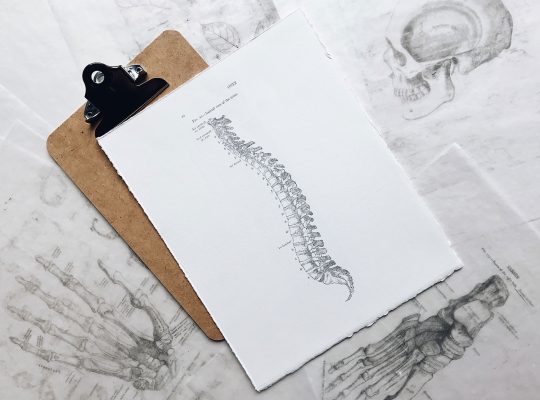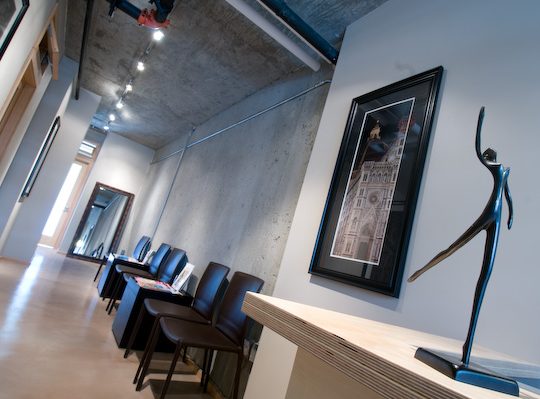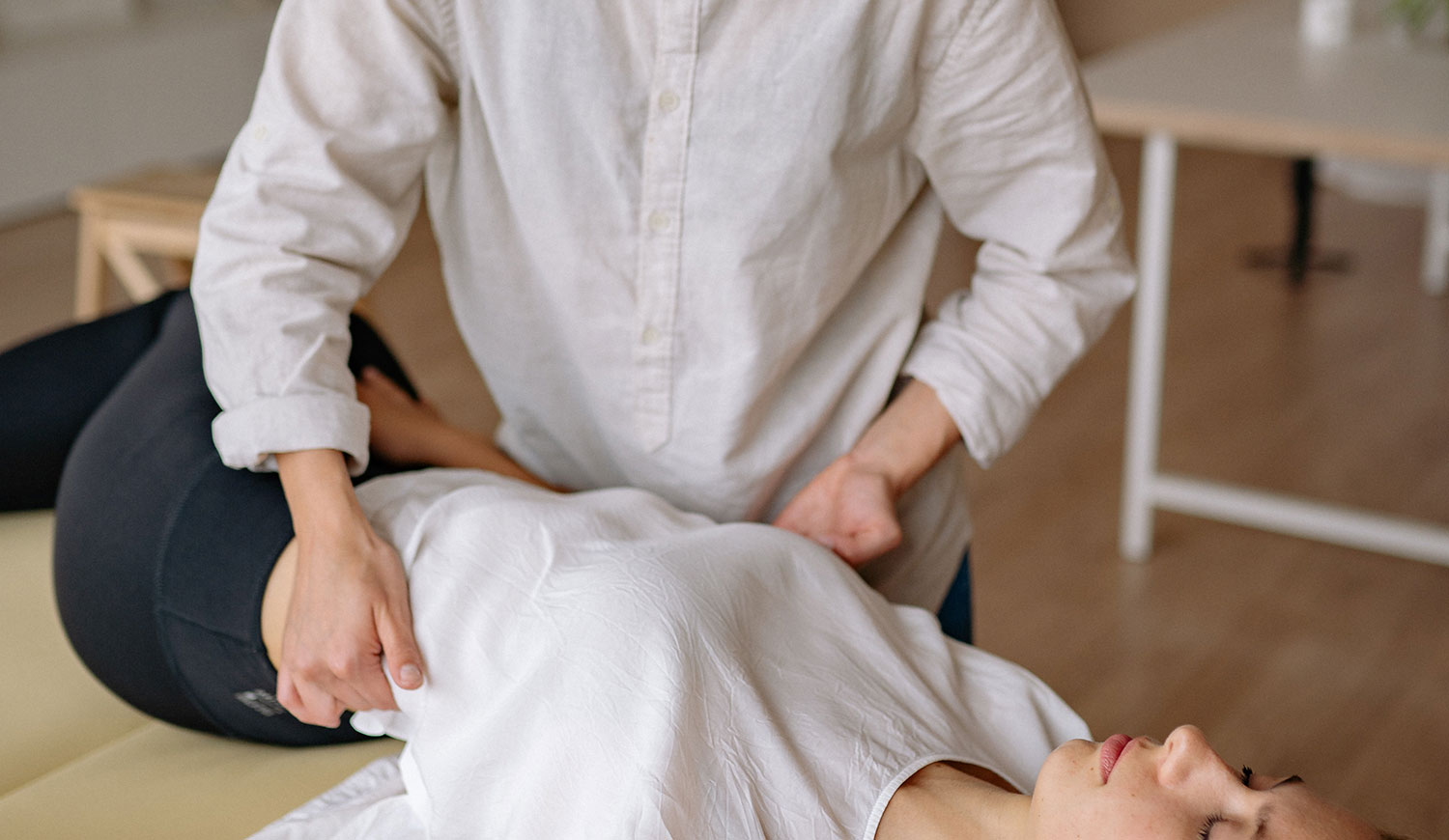“Today’s kids are prone to back problems, much like adults. You only need to look at a group of children heading off to school and you’ll see why: huge, bulky backpacks that hang from their shoulders are a major source of concern. Other troubles stem from a child’s posture while sitting at a desk at school, sitting in front of a computer, or playing video games.”
Backpacks
The weight of backpacks and similar items and the distribution of that weight across the back can play a role in damaging the muscles in the back. Whether the load is books, a musical instrument, or a hockey bag, it can disrupt the natural alignment of the spine if it is not carried correctly. Damage to children’s backs may affect their health, growth, and overall well-being. Back-related problems that are not detected early could progress into adulthood.
Tips for choosing a backpack
A great first step is to be aware, and make sure that your child is aware, that a backpack may be too big or too heavy. Ask your child periodically whether or not the backpack is causing any discomfort, and look for signs of discomfort and strain in case your child is trying to “tough it out.” If there is a problem, your doctor can help you find an appropriate treatment.
To maintain your child’s good spine health, look for the following things when purchasing a backpack:
adjustable, padded straps that are at least 5 cm (2 inches) wide
lightweight material (canvas is a good choice)
hip strap
several compartments to store items of various sizes
wheels that allow the backpack to be pulled
Encourage your children to bring home only the necessary items from school on a daily basis. They should only carry around items they will be using that day – they shouldn’t use their backpack as a storage locker! Cleaning out the backpack from time to time will keep it lighter too.
Video games, computers, and posture
Many children today spend an incredible amount of time in front of a computer monitor or television screen. With an average of eight hours per day of time spent staring at a screen, children are at risk for many problems, including:
back injury due to poor posture
obesity due to lack of exercise
eye strain
repetitive-stress injuries (often linked to carpal tunnel syndrome)
Poor posture is a major factor when kids are playing video games or doing their homework at the computer. Make sure they have a good chair that fits them properly. But also make sure that the child is sitting comfortably with good posture. Good sitting posture means:
chin parallel to the floor
ears lined up with the shoulders
feet comfortably touching the floor – if they are not, use a foot rest or adjust the height of the chair
lower back at the back of the chair
Teach your children proper posture from an early age and help them to become aware of how they are sitting, even when you’re not around. Sitting properly at school and while doing homework will give your children long-term health benefits and will also help prevent injury.”
Interested in booking an assessment for your child?





